

Digital tools play a crucial role in modern teaching, enhancing the learning experience and enabling educators to engage students in innovative ways. Here are some categories of digital tools commonly used in teaching:
Learning Management Systems (LMS):
Moodle, Blackboard, Canvas, Google Classroom: These platforms allow educators to organize and deliver course content, manage assignments, and facilitate communication with students.
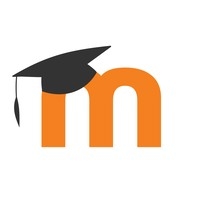
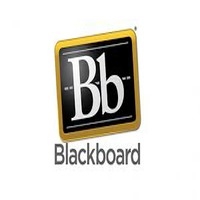
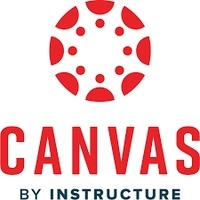
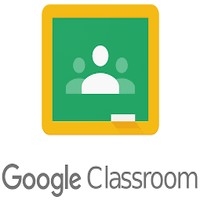
Moodle Blackboard Canvas Google Classroom
Presentation and Visualization Tools:
Canva, Prezi, Sutori, Nearpod, Miro, Tableau Public, Looker Studio, Infogram: These tools help educators create and deliver engaging presentations and lectures.

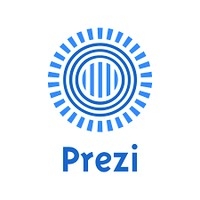

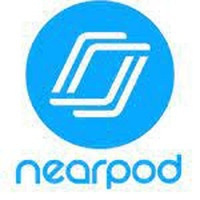

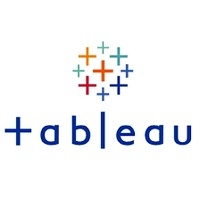


Miro Tableau Public Looker Studio Infogram
Video Conferencing and Webinar Platforms:
Zoom, Microsoft Teams, Google Meet: These platforms are essential for remote and hybrid learning, enabling live video sessions and collaboration.

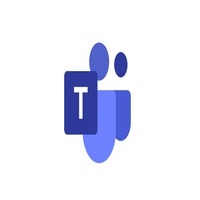
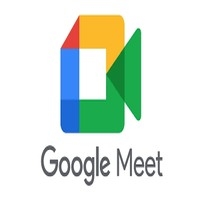
Zoom Microsoft Teams Google Meet
Interactive Whiteboards:
Web Whiteboard, Promethean Board: Interactive whiteboards enable interactive lessons, digital annotations, and engaging activities.
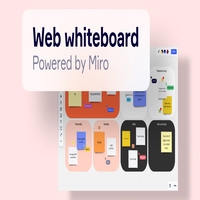

Educational Software and Apps:
Kahoot!, Quizlet: These tools gamify learning, making it more engaging and interactive for students.
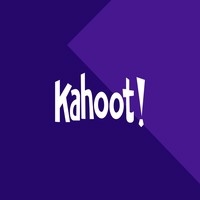

Content Creation and Sharing Tools:
Adobe Creative Cloud, Padlet, Flipgrid: Bu araçlar, çoklu ortam içerikleri oluşturmanıza ve paylaşmanıza olanak tanır.

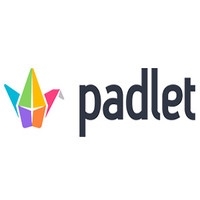
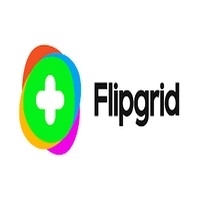
Adobe Creative Cloud Padlet Flipgrid
Assessment and Quiz Tools:
Formative, Socrative, Google Forms: These platforms help educators create and administer quizzes, surveys, and assessments.
![]()

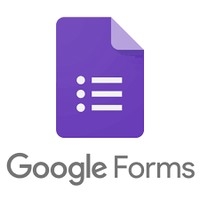
Formative Socrative Google Forms
Note-Taking and Organization Tools:
Evernote, Microsoft OneNote, Notion: These tools help students and educators organize notes, assignments, and resources.

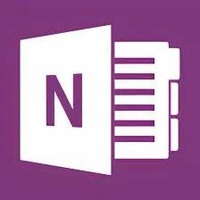
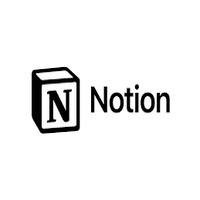
Evernote Microsoft OneNote Notion
Online Collaboration Tools:
Google Docs, Trello: These platforms enable real-time collaboration on documents, projects, and task management.
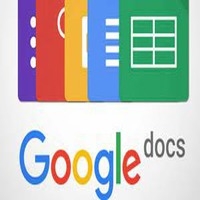

These digital tools empower educators to personalize learning, facilitate collaboration, and adapt to various teaching modalities, whether in-person, online, or blended. The choice of tools depends on the educational objectives, subject matter, and the preferences of both educators and learners.